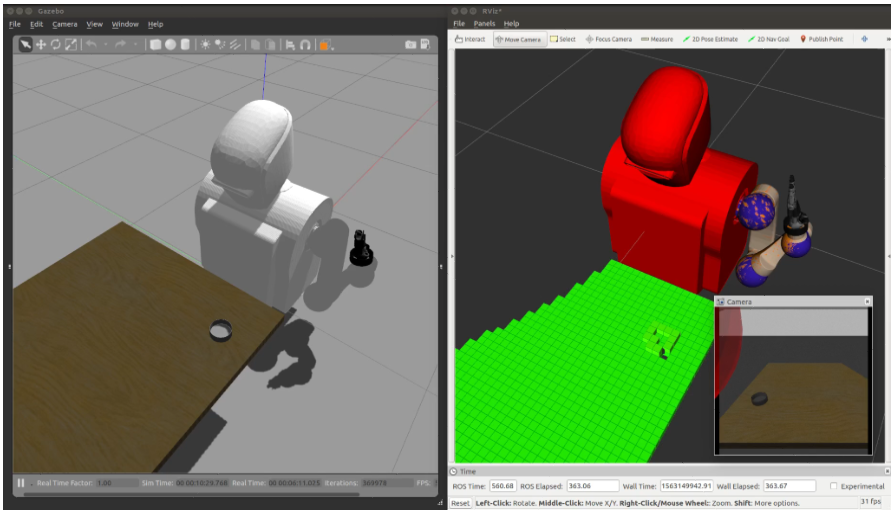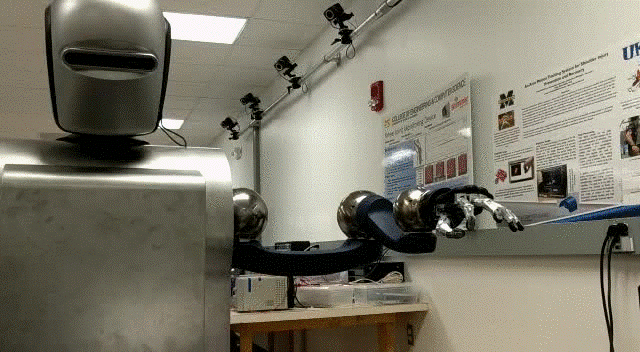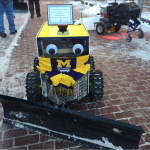I am happy to share that we had a good run at the Intelligent Ground Vehicle Competition this weekend which took place at the Oakland University campus.
The vehicle uses a LIDAR system for obstacle avoidance, GPS for Navigation and real-time image processing for lane detection.
Of over 30 teams participating, the Dearborn team came in third overall, with 3rd fastest speed on the basic navigation course, and tying on the advanced navigation course in terms of performance but at a longer time, earning 2nd place. Below are some photos and a short video of what the advanced course is like. Prizes total $3k and a trophy.
The team of primarily undergraduate students from the Intelligent Systems Club did very well and deserve thanks and congratulations. The team inclued Michael Bowyer, Erik Aitken, Saad Pandit, Cristian Adam, Matthew Abraham, Siddharth Mahimkar, Emmanuel Obi, Brendan Ferracciolo, Angelo Bertani, and others from the club.






